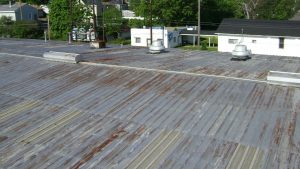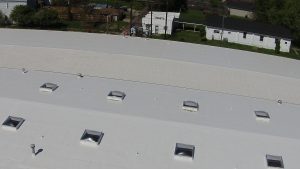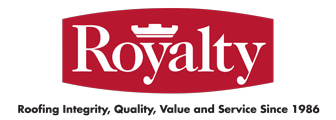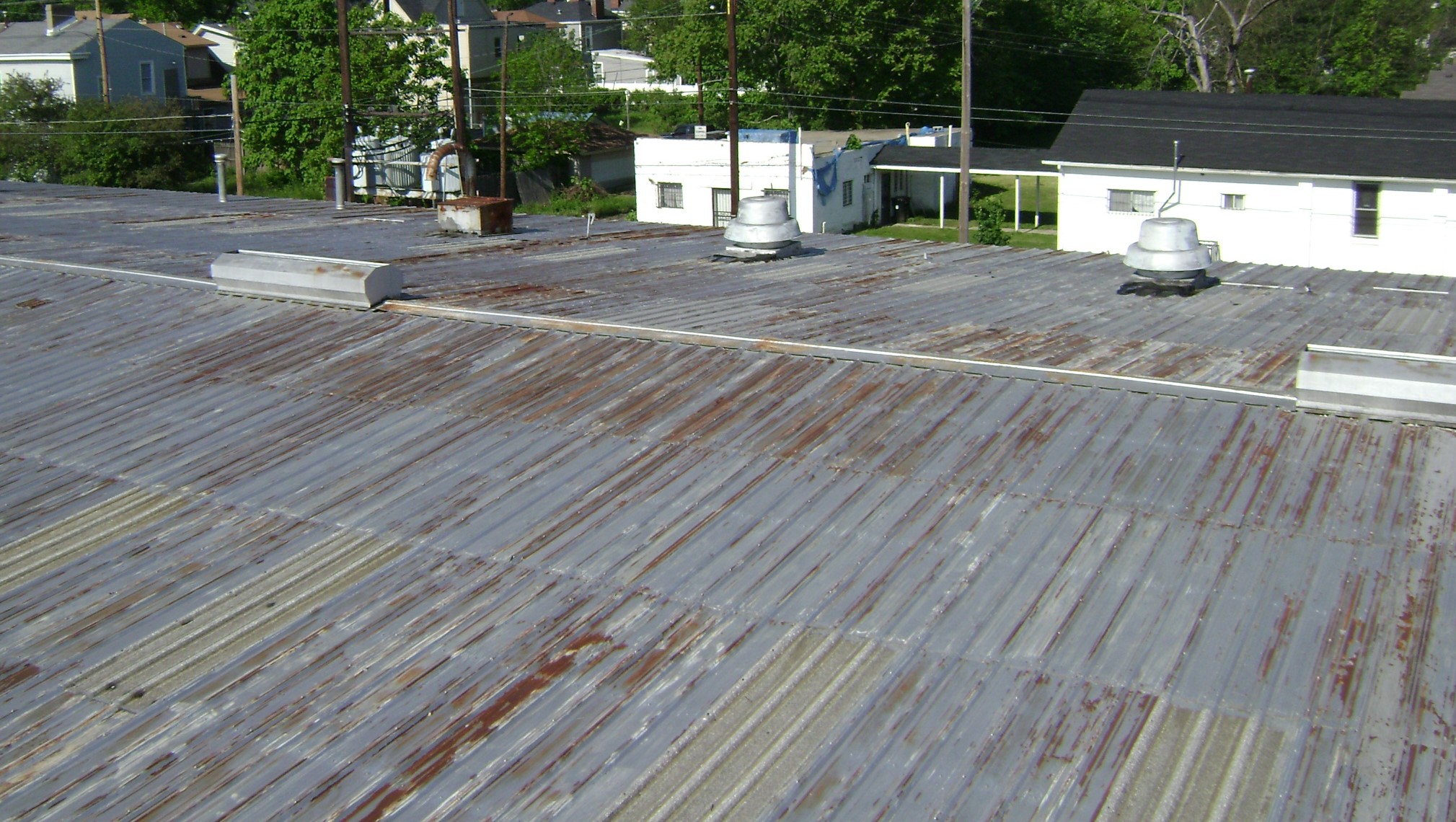How to Repair a Metal Roof
Metal roofing has been us ed as early as on a copper roof on the Pantheon in 27 BC. Now this type of standing seam metal roof falls into the category of “architectural”, designed aesthetically to look good. After centuries of use, these roofs are still popular today. But when it comes to commercial roof repairs, we need to talk about the other type of metal roofing.
ed as early as on a copper roof on the Pantheon in 27 BC. Now this type of standing seam metal roof falls into the category of “architectural”, designed aesthetically to look good. After centuries of use, these roofs are still popular today. But when it comes to commercial roof repairs, we need to talk about the other type of metal roofing.
Structural Standing Seam Metal Roofing
Generally used for commercial low-slope or flat roofs, structural metal roofs are practical, reliable and long-lasting. However, time eventually catches up with the metal, and rusted roof decks and leaks may start to cause issues with the building. Here are some of the most common problems that lead to leaks and higher repair and maintenance costs:
higher repair and maintenance costs:
- Loose seams and cracked penetrations. When roofs expand and contract with the weather, the movement of the rigid metal sheets loosens screws, pulls at seams, and causes cracks to form around stacks and other penetrations.
- Rust and corrosion. Moisture’s effect on steel is well known. Snow, rainfall, and ponding water eventually cause rust and corrosion to form and holes to appear.
- Ice build-up. Ice build-up in gutters can block water from draining off the roof during a thaw, creating a drainage back-up and providing more opportunities for moisture to enter through a metal roof’s seams.
Metal Retrofit – The Best Way Solution for Metal Roof Repair

Metal retrofit roof systems are a single-ply PVC membrane installed right over the existing roof deck and include additional layers of insulation to improve energy efficiency and provide a smooth surface for the installation. A single-ply retrofit protects your building against rain, temperature changes, interior drips, ice build-up, as well as rust and corrosion. It is a fraction of the cost of a complete tear off and replacement of the metal roof. The overlay also greatly minimizes disruption to business operations during the install.
Other repair options:
- Sealing and coating. Inexpensive but only protects against rain and only temporarily, because the roof continues to expand and contract, eventually rupturing the new seals and the coating.
- Spray-on foam and sealant. Protects against rain and interior drips, but the irregular surfaces of foam coatings typically collecting water, potentially leading to future problems.
- Tear-off and replacement. Like new, but the metal roof will eventually have the same vulnerabilities as the old roof. This method is also costly and disruptive to a business operations.


